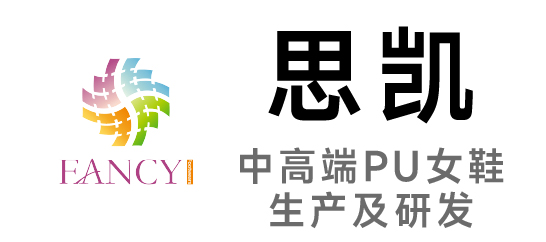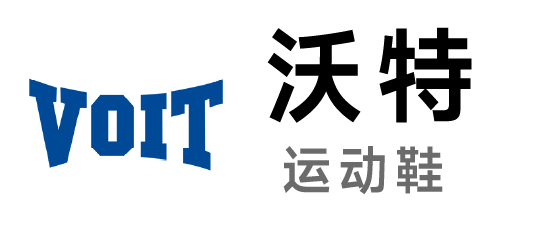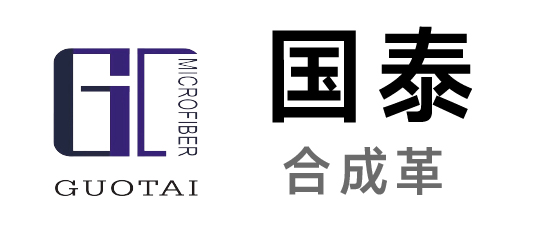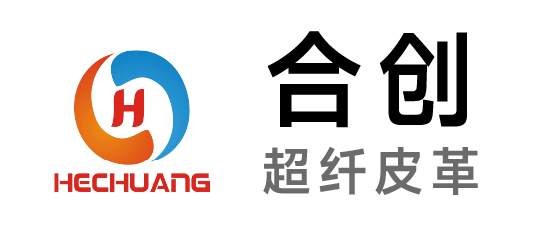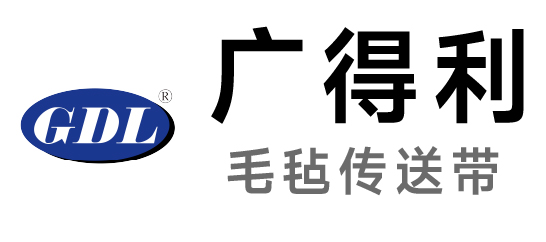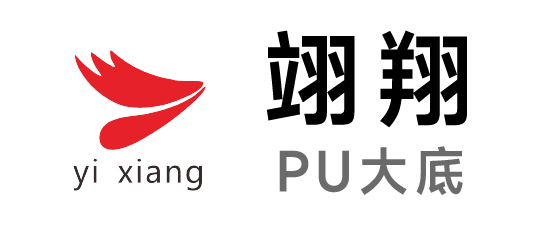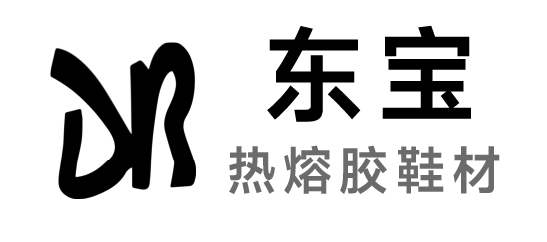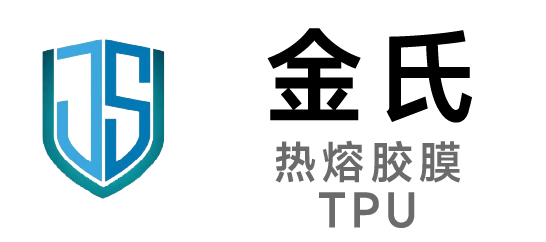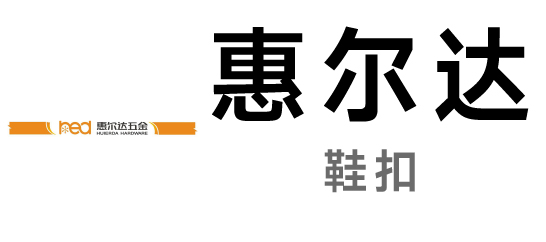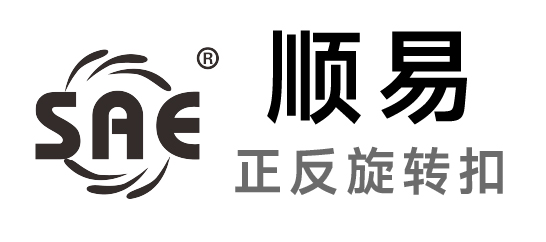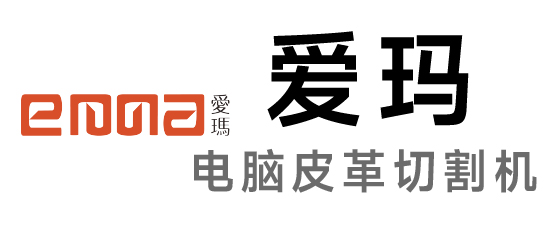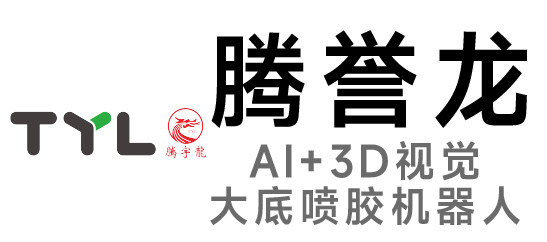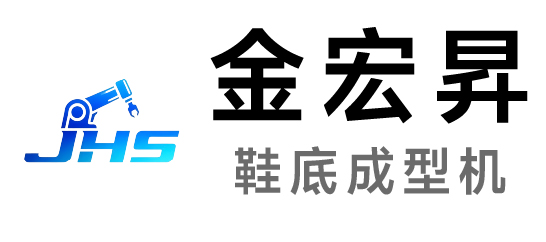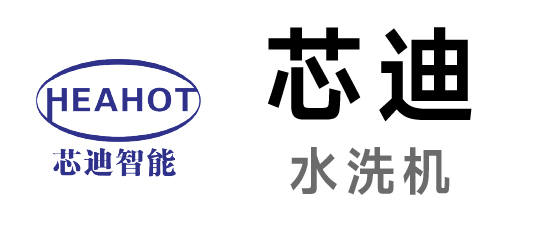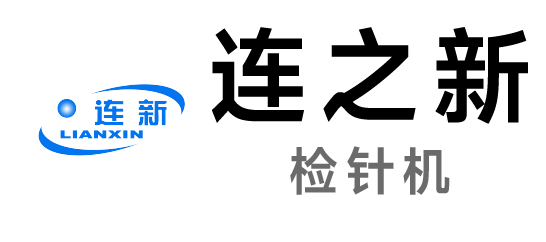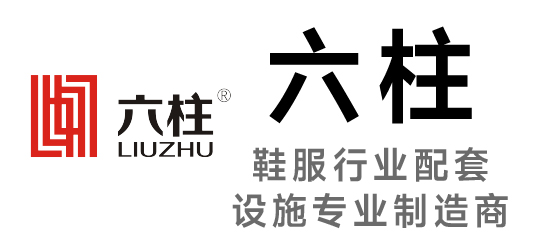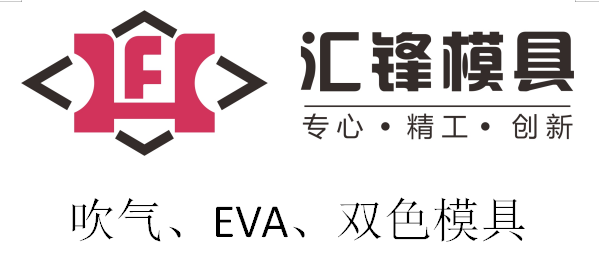Shoe skills and basic knowledge---outsole
2011-01-20 信息來源: 東莞遠隆皮料市場
Shoe skills and basic knowledge---outsole
Outsole material simply put is the use of natural rubber or artificial synthetic rubber.
(1) natural rubber: Nr's advantages is that it is very soft, elasticity and excellent, well-and in all kinds of sports, but the disadvantage is also very obvious that is very wear-resistant. Natural rubber for indoor sports shoes.
2. artificial subdivided in the synthetic rubber wear-resistant rubber, green rubber, rubber air, sticky rubber, ebonite, plus carbon rubber.
(1), wear resistant rubber: wear-resistant rubber wear resistance and toughness is very good, very durable, this rubber material on the tennis shoe outsole generally used.
(2) environmental protection rubber: also known as regrind rubber, this rubber outsole with a maximum of 10% of recycled rubber, the main objective is to environmental protection.
(3) air rubber: rubber containing air, must be shock-absorbing feature, but I'm not very wear-resistant, uses are not extensive.
(4) sticky rubber: sticky rubber are characterized by flexibility is better, but very slip-proof, for general use on the indoor sports shoes.
(5) hard rubber: hard rubber is the most comprehensive rubber outsole rubber material, tough skid and abrasion resistance, nature is very extensive. Multi-function shoe and basketball shoes are mostly used for this kind of rubber end of bigger and stronger.
(6) plus carbon rubber: joined the carbon in the ordinary rubber materials, making more tough wear resistant rubber, running shoes are mostly used for this kind of rubber, and
In running shoes and soles with BRS Palm after portions of letters ', to indicate the end use and carbon rubber.
3. rubber outsole: this is not common at the end, this raw material is at the end of industrial glues, through mixer mixing tank heating of the die, which is characterized by soft and very anti-slip.
II.Insole:
1. now sneakers in the end I don't think I said that many people will know, that is, PHYLON in the end, and EVA the end of the most common. Actually belong to the same property at the end of the two kinds of categories (engineering plastic classes), but why would have called on a different? PHYLON originating from the
Shoes insole with up to now is PHYLON in the end, PHYLON best feature is the lightweight, good elasticity, has a very good shock sustained performance, PHYLON referred to as secondary foam. EVA insole is very light, but far from shock sustained performance and flexibility than PHYLON in the end, many lower cost than PHYLON, EVA insole is known as a foaming. They are attributes of the same
, But with different name, the reason for this is that different PHYLON II foam, and EVA is a foam.
(1) a foam: injection mold by high temperature after heated material forming a shoe insole, is called a foam insole, which EVA footwear insole.
(2) secondary foam: after the injection mold material, through two heated high-temperature sintering molding of shoes in the end, is called secondary foam insole, which we call PHYLON in the end. PHYLON soft hardness control by temperature, burned PHYLON in the end of the process, the higher the temperature, PHYLON burnt out, the greater the density, the harder it. PHYLON smaller natural heat burn out is as light as possible soft, so evaluate shoes insole cannot be measured by weight or a degree of hard and soft.
(3) infantees burned in the end: end infantees burned are also PHYLON in the end, simply designers in pursuit of the overall design sense with a shoe technology, the best example is the shoes insole and shaft with a cloth, shoe soles and the overall combination, as well as a bright spot on the shoe manufacturing process. To implement this technique is to use chosen fabric wrapped PHYLON in the end, high-temperature burning in the mold, it becomes the texture of canvas as we see LB1 shoe insole.
End of 2.PU: in addition to PHYLON in the end, and EVA insole, PU insole is also common, PU insole is the biggest advantage of better flexibility and toughness.
3. the end of package: now in the internal sneakers bottom structure, also known as a package in the end. Like a familiar T-MAC series, the NIKE air series are in the package structure at the end, to look at the end of package by sole and uppers consist of two parts, but the structure is also big, bottom and upper consists of three parts, but inside of the bag and in the upper end.
三
.
內底及整體式鞋底:
??
1.
內底:內底也可以酸做包中底的一種形式,和包中底不同的是,內底結構是被包在鞋大底里的底,比如說
FORCE1
,就算是內底結構,而不象外表所看的那樣整體的橡膠大底,其實在橡膠大底的內側是包有鞋中底的,這種中底也叫做
MD
中底,屬于
EVA
一次發泡的一種。
2.
整體式鞋底:
(
1
)整體式鞋底最常見的是
EVA
一次發泡成型鞋底,這種鞋底成本底,而且防滑度及差,鞋底沾到水后就象是穿上了旱冰鞋一樣。
REEBOK
的
3D
鞋底就是這種
EVA
一次發泡成型的鞋底最好的
“
代言人
”
。
(
3
)
PU
整體鞋底:
ADI
和
NIKE
用到這種鞋底的時候都不是很多,
PU
鞋底是屬于低溫成型的鞋底。
PU
底的特點是輕便,但是不宜沾水,遇到水后會發生化學反應而一層層的腐蝕掉。
(
4
)純橡膠鞋底:純橡膠鞋底多用于戶外登山鞋,或工作鞋,電工鞋。整個鞋底不折不扣的全由橡膠組成,優點是耐磨防滑,缺點是體重太大。
CAT
的工作鞋一般都用此鞋底,也叫絕緣鞋底。
III. insole and the whole shoe sole:
1. in the end: or acid end at the end of a form, and packages are different at the end, bottom structure was at the end of shoe outsole, say FORCE1, even within the bottom structure, unlike rubber outsole for appearance as seen by the whole, in fact, inside the rubber outsole is a shoe insole, also known as the end of this MD in the end, belongs to EVA foam.
2. integral soles:
(1) monolithic soles EVA foaming is the most common soles, the sole end of cost, and slip resistance and poor soles and dip into the water like a roller skate was put on the same. REEBOK 3D soles are the EVA foam moulding the soles of the best "spokesman".
(3) the whole PU sole: ADI and NIKE to the soles are not many, PU soles soles are cold forming. PU is characterized by the end of the light, but should not be soaked in water, experiencing water chemical reaction occurs after a layer of corrosion.
(4) the pure rubber soles: pure rubber soles for outdoor climbing shoes, work shoes, electric shoe. The entire sole of the letter is composed of rubber, the advantage is wear-resistant anti-skid, disadvantage is weight was too large. CAT shoes are generally used for this sole, also called insulation soles.
?





